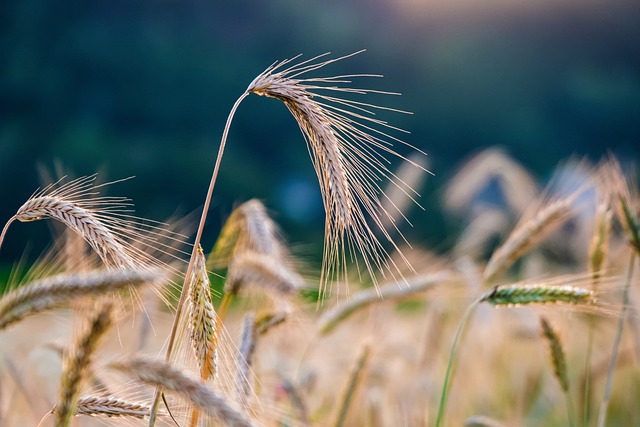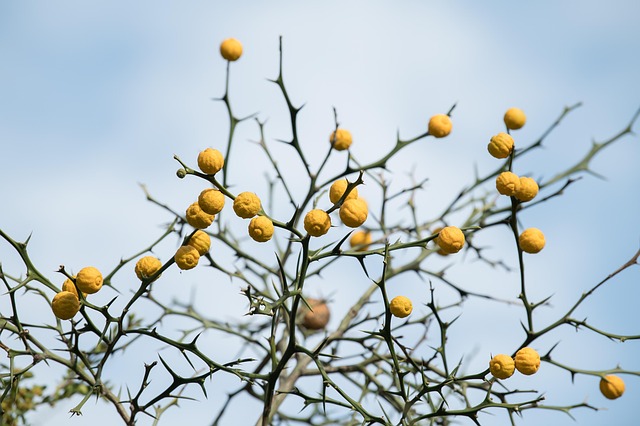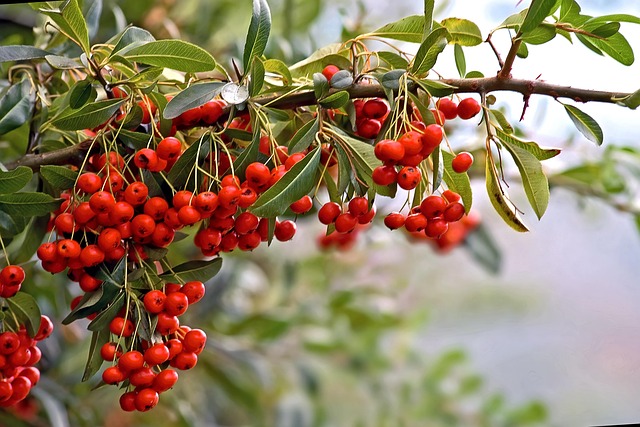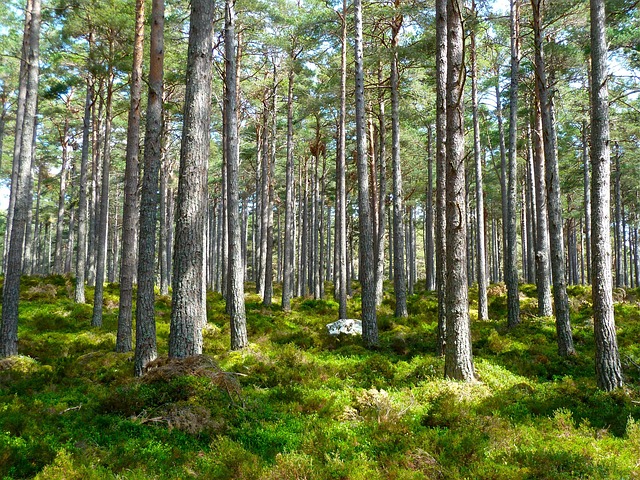
Incredible Mammals: The Vital Role of Crops in Nature
Understanding the Connection Between Mammals and Crops
When we think of crops, our minds often wander to the fields of golden wheat swaying under the warm sun or the rows of fresh vegetables that line farmer’s markets. But rarely do we pause to consider how mammals, incredible creatures of nature, play an essential role in the cycle that sustains these vital plants. The connection between crops and mammals is a quiet, often unseen partnership that is crucial to the balance of our ecosystems.
Mammals as Gardeners of the Wild
In the vast expanse of nature, many mammals contribute to the growth and spread of crops in ways that we may not immediately recognize. Squirrels, for example, are often seen busily gathering and burying seeds and nuts. While some of these stashes are retrieved later on, many are forgotten or left to sprout into new plants. This accidental planting is a vital form of natural reforestation and crop regeneration. It’s amazing to think that through their instinctual behaviors, these small creatures serve as nature’s gardeners.
Other mammals, such as bats, are instrumental in pollination. In tropical and subtropical environments, fruit bats spread pollen as they travel from flower to flower, ensuring the production of fruits and seeds. These seeds eventually grow into new plants, enriching the biodiversity of the region and maintaining the food sources that many animals, including humans, rely on. Without these silent night-fliers, entire crop systems would begin to dwindle.
The Role of Mammals in Soil Health
Healthy soil is the foundation for thriving crops. Mammals like moles and prairie dogs are underground engineers, constantly burrowing and turning over earth. Their efforts improve soil aeration and promote water absorption—both of which are essential for healthy plant growth. Similarly, large herbivores like deer and bison help by grazing, which naturally manages plant overgrowth and enhances soil fertility with their nutrient-rich waste.
Even our domesticated mammals such as cows and pigs, when managed sustainably, can be part of nature’s fruitful balance. Their presence on rotational grazing systems helps give back to the land, fortifying it for future crop cultivation and maintaining a resilient agricultural landscape.
Mammals as Protectors of the Crop Cycle
Predatory mammals also have their say in the dance of nature. Foxes, badgers, and weasels help maintain a balanced population of smaller creatures that might otherwise become pests in agricultural areas. Without these natural predators, rodents and insects could overwhelm farmland, threatening entire crop harvests. This makes mammals invaluable allies in guarding the health and productivity of our food sources.
Interdependence in Nature
To walk in nature and observe these mammals at work — a raccoon delicately exploring a streambed, a family of groundhogs digging through the roots, or a deer grazing under a tree canopy — is to witness harmony. The natural world is a tightly woven fabric where every animal, every plant, every crop, and every breeze carries meaning. Mammals breathe life into the ecosystems they inhabit, giving and taking in a beautiful cycle that ensures survival and growth.
Understanding how mammals interact with crops reminds us that nature is not segmented. All living beings are part of an interconnected web. Protecting mammals means protecting the crops they help nurture, and vice versa. Whether you’re a wildlife enthusiast, a farmer, or someone who simply finds peace in the rustle of leaves and the chirp of wildlife, there’s a shared thread of respect and awe that unites us in our love for nature.



